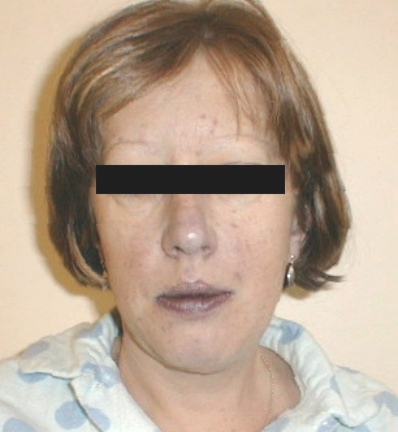


Internal tissue injury should be limited and prevented where possible. N-acetylcysteine is generally used to alleviate the toxicity. Medication should be administered to counteract poisoning by Tylenol or other chemicals. If blood clots have been found, often a heart defect is the cause. Heart surgery carries serious risks and requires the use of general anesthetic. If defects of the heart are found, surgical correction may be necessary.

Central cyanosis is a medical emergency and requires immediate attention, often involving the placement of the cat into an oxygen chamber. Blood work including a complete blood count and a biochemical panel can help reveal the overall health of the cat.Īppropriate treatment will depend on the underlying health issue in the cat. A transtracheal wash can help identify any bacterial infections in the lungs. Thoracocentesis can be used to remove a sample of fluid or gas in the chest cavity for testing. Electrocardiography may also be required if heart complications have been identified. Pulse oximetry is another noninvasive test that provides a continuous reading of blood through the armpit or groin while oxygen is supplied.Īn ultrasound of the heart may be needed to see any defects are present. The blood will clear if lung disease is the underlying issue, and will not if an obstruction or poisoning has occurred. A blood sample taken from an artery is monitored while receiving oxygen supplementation. The first test that may be run is an arterial blood gas measurement.
BLUE TINGE AROUND MOUTH FULL
You will need to provide the vet with your cat’s full medical history. Once the cat is in a sustainable condition, the veterinarian will perform a complete physical examination and will listen to the heart and lungs of the cat. Certain underlying issues severely interfere with breathing and can be fatal if not treated. Once you bring your cat to a veterinary clinic or animal hospital, it may need to be stabilized before any diagnostic testing can be performed. Health issues that result in lack of oxygen to the blood, a condition referred to as “hypoxia”, generally have to do with diseases of the heart and lungs or ingestion of harmful toxins. Tissue color changes are termed as cyanosis, and are an indication of a health problem within the body. When there is diminished oxygen in the blood, it changes color to a blueish tone.The off-colored blood, in turn, gives tissue color a blue, purple, or brownish tinge. Cyanosis can happen at any age, but if it is found in a young cat, a genetic defect is often the underlying issue. Local blood flow reduction is often connected with blood stream obstructions or tourniquets on the limb. Usually, it is a limb or tail that is affected. Peripheral cyanosis occurs when only one location of the body is experiencing poorly oxygenated blood supply. Central cyanosis is often the result of severe disease, defect, or poisoning. All tissue throughout the body is affected. Central cyanosis involves the entire blood supply having reduced amounts of oxygen and can be life-threatening. Two different categories of cyanosis exist, central and peripheral.


 0 kommentar(er)
0 kommentar(er)
